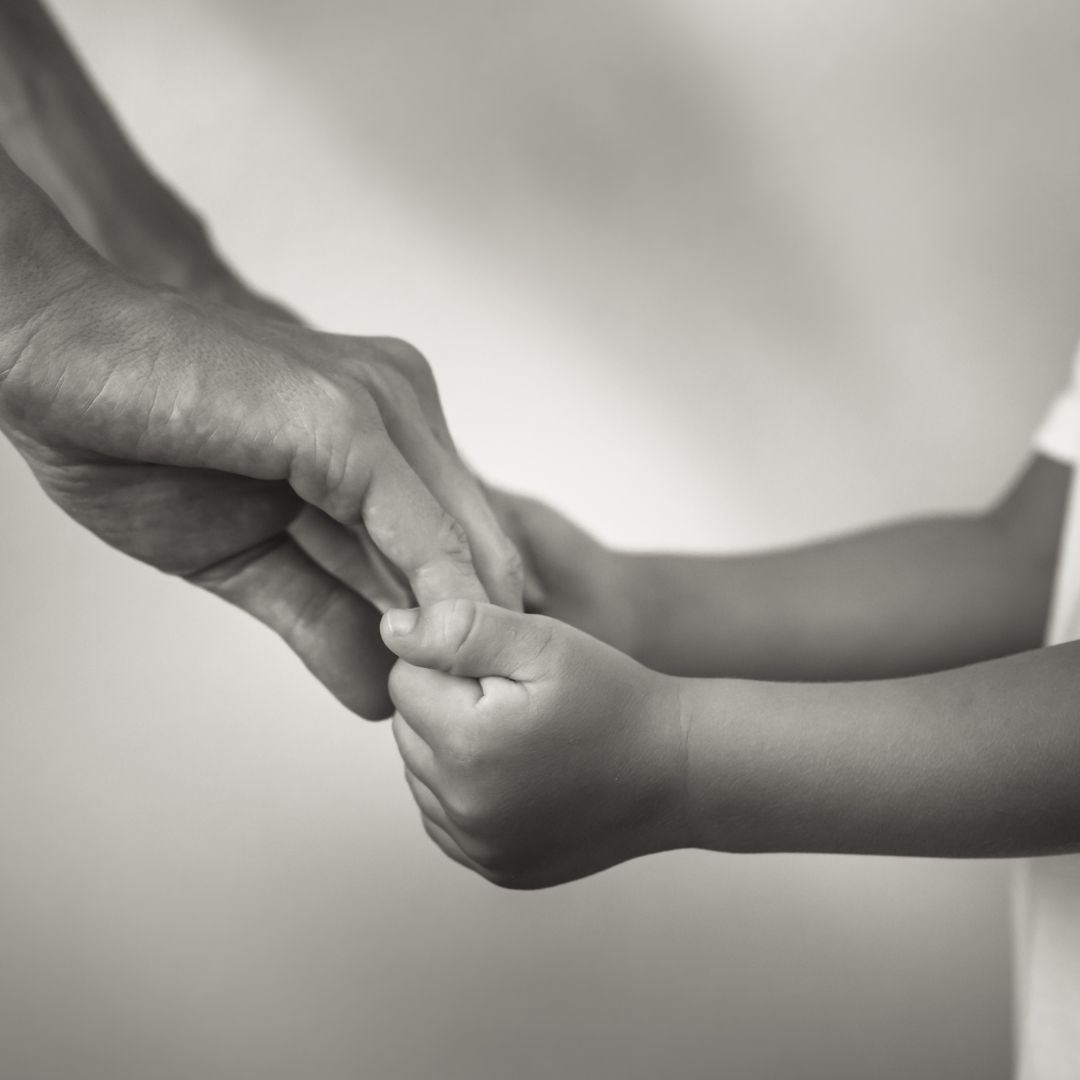Navigating the Adoption Landscape: Understanding the Chances of a Child Getting Adopted
Adoption is an intricate process, and understanding the chances of a child getting adopted can help set realistic expectations for prospective adoptive parents. This blog post will explore crucial adoption statistics, shedding light on factors that influence adoption rates, and answering significant questions about the adoption journey.
Chances of Being Adopted by Age
Age plays a crucial role in the adoption process. Infants and younger children have traditionally seen higher adoption rates than older children. However, it’s important to remember that adoption is a possibility at any age and many families are open to embracing children of all ages.
How Many Children are Waiting to Be Adopted?
Across the globe, countless children are waiting for their forever home. In the United States alone, approximately 122,000 children are currently waiting to be adopted. These children come from all walks of life and are in need of stable, loving homes.
How Many Babies Are Put Up for Adoption Each Year?
The number of babies put up for adoption fluctuates each year, influenced by various socioeconomic conditions. In recent years, the number of babies put up for adoption has seen a decline. However, adoption continues to be a significant avenue for providing homes for vulnerable children.
Adoption Rates by State: A Comparative Analysis
Adoption rates vary significantly from state to state, influenced by cultural norms, adoption laws, and available support systems. Prospective adoptive families should research specific state adoption rates to make informed decisions.
At Your Law Firm, we are licensed to practice in the state of Georgia, and can assist with Georgia adoptions. A study done in 2021 for Georgia adoptions shows that the total number of children adopted was down from 2020 – 1,395 children were adopted in 2021 versus 1,585 in 2020. 39% of those children adopted in Georgia in 2021 were under the age of 5 years old.
Adoption Statistics Worldwide: A Global Perspective
Adoption is a global endeavor, providing children from various countries with permanent homes. Around 2% of the child population in the United States is adopted, either from foster care, private domestic, or international adoption.
What Percent of Babies Put Up for Adoption Are Not Adopted?
The percentage of babies put up for adoption who are not ultimately adopted can vary depending on several factors. While exact statistics are hard to determine due to the confidential nature of adoption processes, adoption agencies strive to find suitable families for every child in need.
Which Age Group Gets Adopted the Least?
Children above the age of five often face more significant challenges in finding adoptive families compared to infants and younger children.
Average Age of Adoptive Parents: A Snapshot
The average age of adoptive parents varies, but most are between 40 and 44 years old. This age group has the financial stability and life experience that can benefit a child.
What Is the Percentage of Child Adoptions Between the Ages of 6 and 11 in the United States?
While exact percentages can vary, children between the ages of 6 and 11 typically face longer waits for adoption.
Foster Care Adoption Statistics: An Overview
Foster care adoption provides a vital path to permanent homes for many children. In fact, over half of all adoptions in the United States are from the foster care system.
How Many Babies Are Put Up for Adoption Each Year Worldwide?
Worldwide adoption statistics can be challenging to compile due to differing reporting standards across countries. However, international adoption continues to be a viable option for many families.
Conclusion
Understanding the chances of a child getting adopted is a complex issue with many influencing factors. However, with continued awareness and advocacy, we can strive to ensure that every child finds their forever home. If you’re considering adoption, remember that every child deserves a loving family—regardless of their age, race, or background.
